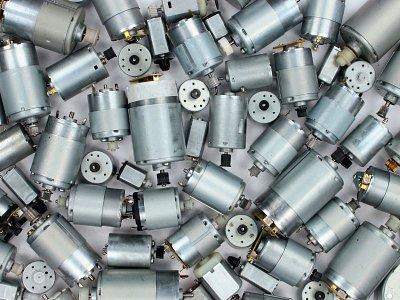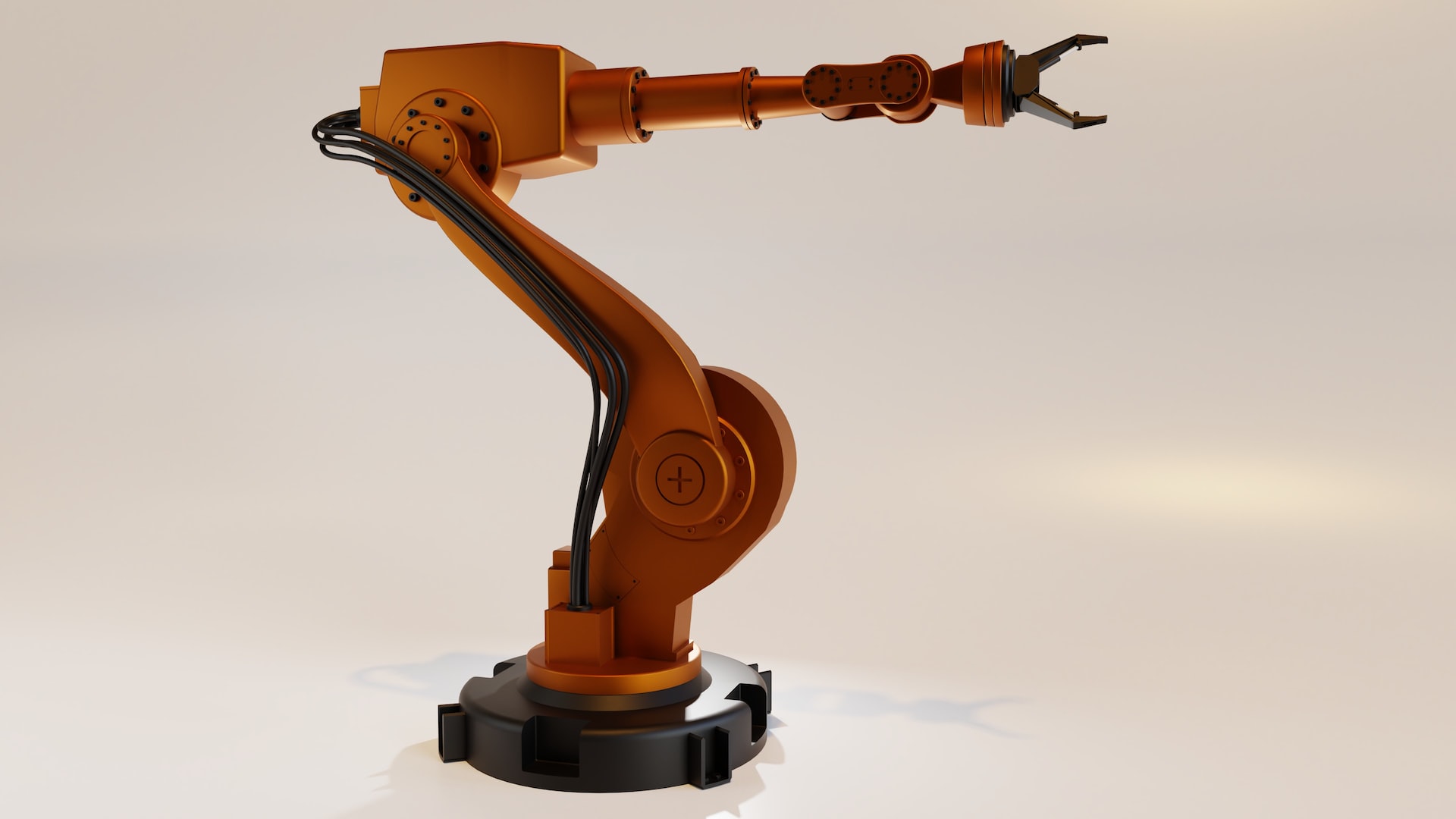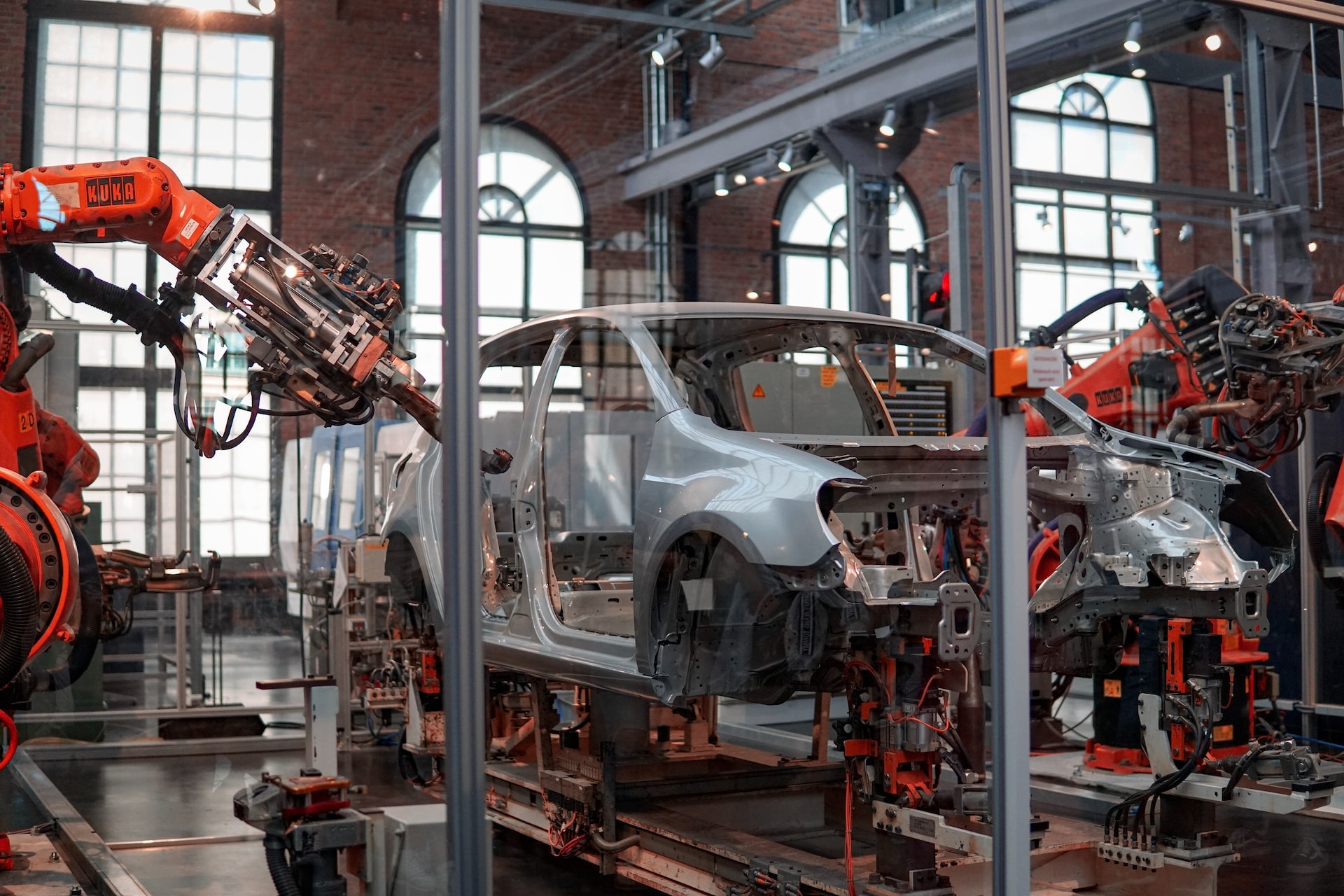Servo motors, also known as servos, are electronic devices and rotary or linear actuators that rotate and push parts of a machine with immaculate precision. Although relatively small, they generate substantial amounts of power and are incredibly energy-efficient

Servo motors are used in a vast variety of machines and devices, especially on angular or linear position for specific velocity and acceleration. They consist of:
- a motor connected to a sensor which provides position feedback,
- a servo drive which uses the feedback sensor to precisely control the rotary position of the motor.
Servo motors are used in various machines and devices, and should be properly matched to each one of them, taking under account their specific demands and requirements. Servos are known to be mechanically on point and always work at the same pace. This feature allows the users to operate with precision, and at a high speed.
The role of servo motors
Servo motors can play different roles. They are used in manufacturing, automobiles, remote-controlled devices, and electrically operated machinery among others.
- Manufacturing
Servo motors are used by multiple companies due to their compactness and strength. They are implemented mostly in manufacturing, where the position control, and rotation at precise angles and distances are crucial. The industries which use servos are mainly pharmaceutics, food services and in-line manufacturing.
- Automobiles
Servos are implemented in modern cars, where they control the speed. They are also used in commercial planes, where they push and pull everything within the aircraft.
- Remote-controlled devices
Remote-controlled devices, such as toy cars, toy airplanes, toy helicopters and various toy robots use servo motors to achieve movement. Servos are also implemented in radio-controlled airplanes to position control surfaces.
- Electrically operated machinery
Servo motors are commonly implemented in various types of electrically operated machinery, mostly elevators, rudders, and operating grippers.
Moreover, servos are used in such everyday items, as DVD and Blu-ray players, where they are utilized to extract and retract disc trays. However, one of the most important sector, in which servo motors are commonly implemented, is robotics. Due to their small size, accuracy, programmability, and big strength, as well as almost flawless repeatability of motion, they are used in such robotic applications as robot welding and robotic vehicles.
- Robot welding
In robot welding servo motors are mounted in every joint of a robotic welding arm. They actuate the movement and add dexterity.
- Robotic vehicles
Servo motors are implemented in the steering systems of the highly specialized autonomous vehicles used to disarm and dispose of bombs.

The best servo motors for robotics
There are two types of servo motors: DC servo motors and AC servo motors. DC servos were used mostly in the past, and are not as common nowadays, mostly due to the AC servo motors superiority in terms of easiness of use, effectiveness, and reliability. The AC type is currently used by most companies in industrial field. It relies on encoders, and works through controllers providing feedback and closed-loop control. Due to their high accuracy and the ease of control, the AC servo motors are best for applications in the field of robotics. CS-LAB offers two sets of servo system drivers and motors that can be used in robots.
simDrive AC Servo System Driver and Motor Set
A set of CNC servo driver and servo motor provided with diagnostic utility software – csServoManager – which is a convenient software installer that makes the installation process runs automatically.
simDrive AC Servo System Drivers and Motors 3 Axis Set
A set consisting of simDrives AC Servo driver, AC Servo Motor, and cables, which has compact architecture, high power density, and is characterized by rapid response, overheat capability protection, and various frame installation sizes.
















